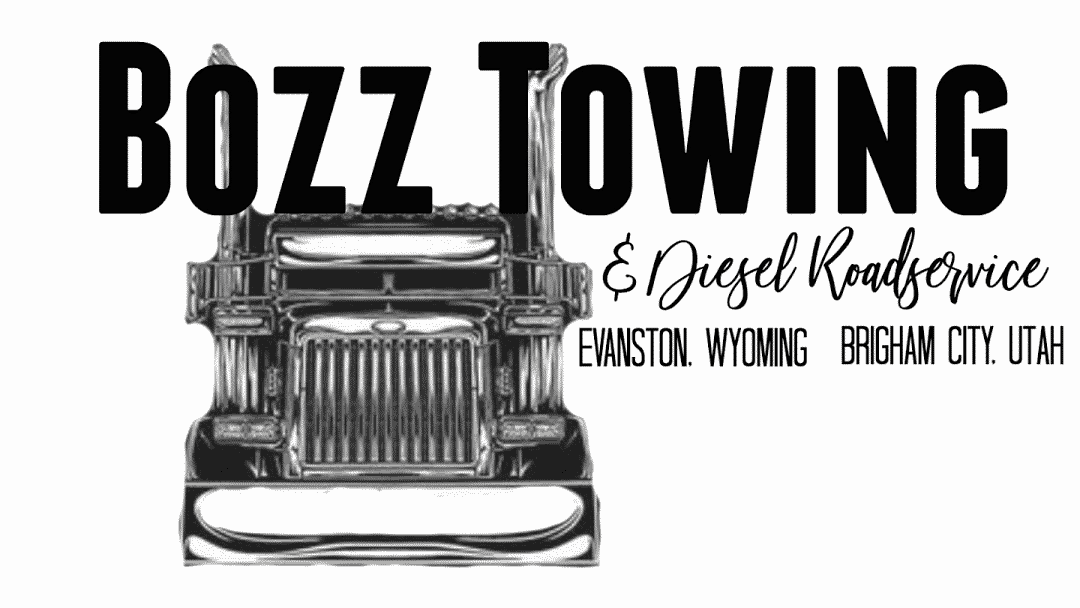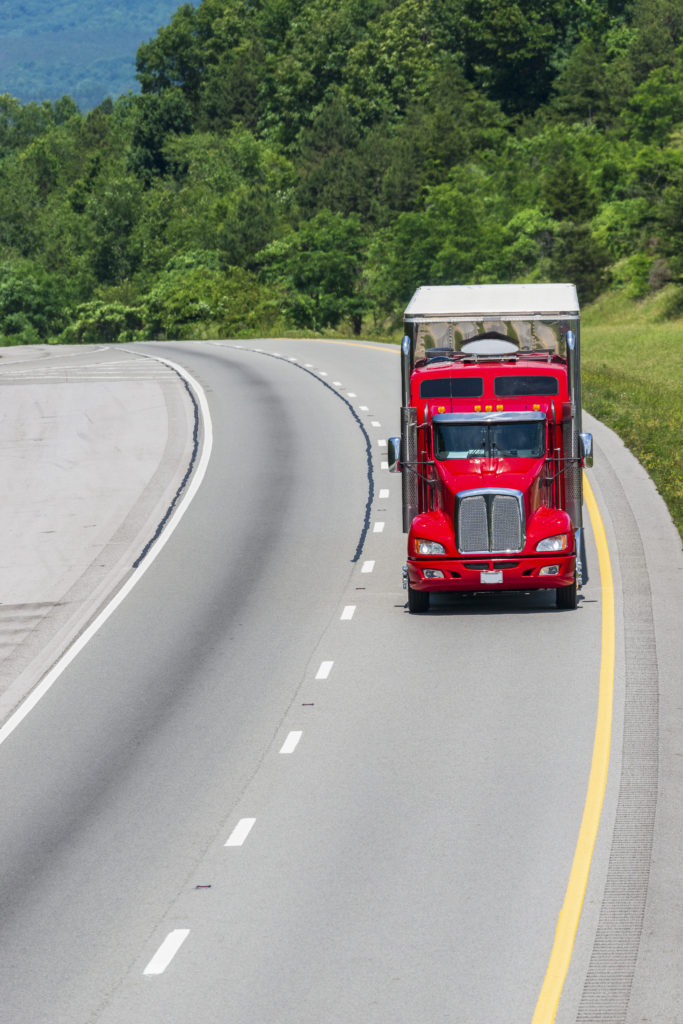Most semi truck drivers are required to know how to use their Jake Brake. But not all semi truck drivers are aware of what it is, or how it works. This article is written for semi truck drivers looking to better understand the semi truck Jake Brake, brush up on their knowledge, or explain it to someone else who might need help understanding.
Most semi truck drivers will tell you that when they’re descending a mountain, or traveling down a steep road, the Jake Brake is their best friend. The Jake Brake is a valuable tool for semi truck drivers to have in their arsenal because it can help them save money on fuel and brakes, as well as keep their cargo safe.
What is a Jake Brake?
A Jake Brake, also known as a compression release engine brake, is a type of braking system for big diesel engines. In essence, it’s a method of slowing down the automobile without having to use service brakes. This may be useful in maintaining and extending the life of your service brakes while saving money because they will require fewer repairs.
How does the Jake Brake work?
The Jake Brake is a separate component added to diesel engines that, when engaged, expels stored, compressed air from the cylinder at the top of the piston’s stroke, preventing it from returning its energy to the crankshaft and powering the downstroke. The air is compressed because of this process. When the accelerator is released and the clutch disengaged, diesel engines do not stop, as gasoline engines would.
Furthermore, when the truck is in gear and both the throttle and clutch are released, the Jake Brake will bring it to a stop without using service (foot) brakes. The Jake Brake is essentially an engine retarder, utilizing kinetic energy from the vehicle’s engine to slow it without using service (foot) brakes.
Simply put, it reduces the RPM of the drive wheels by putting a barrier or resistance on the crankshaft, which in turn slows down the vehicle.
Overall, the Jake Brake should not be used on slippery or potentially slick roads because it only affects the drive tires and raises the chance of an uncontrolled skid or jack-knife.
How do I use a Jake Brake?
Now that you understand what a Jake Brake is and how it works, let’s talk about how to use it. Primarily, the Jake Brake should only be used when the truck is in gear with the clutch disengaged. You should never use the Jake Brake while driving in reverse or parking because it can cause damage to your truck.
When descending a hill, semi truck drivers should use the Jake Brake in conjunction with the service brakes. The Jake Brake should be applied as they are releasing the accelerator and before they apply the service brake. This will help to slow down the truck more gradually.
When do I use my Jake Brake?
Drivers should use their Jake Brake when they’re going down a steep incline or mountain road, semi truck drivers may want to engage the Jake Brake while descending. Many drivers use the Jake Brake to help keep their speed under control, and it can also be helpful on long downhill grades.
Why should I have a Jake Brake installed?
It’s not necessarily a requirement for semi truck drivers, but it’s definitely something that many semi truckers will recommend. The Jake Brake can save you money on gas and repairs to your service brakes by using the engine rather than using them more often.
Do all trucks need to have a Jake Brake installed?
While not all semi-trucks need a Jake Brake, it’s something that many drivers find useful.
Jake Braking Tips for Truckers
When employing the use of a Jake Brake, there are a few things semi truck drivers should keep in mind.
Consider the following Jake Brake tips:
- If you live in a region where ice and snow are common, keep in mind that your Jake Brakes aren’t intended to be used in these circumstances.
- Pay attention to signage since “No Jake Brake” signs may be in places to prohibit the use of Jake Brakes.
- Use your Jake Brake only after your engine has warmed up.
- Before usage, verify that your car’s engine isn’t low on oil.
- If you must utilize it, make sure your trailer is straight and lined up behind the cab to avoid jackknifing.
- Use a gear that is low enough to allow the jake to do 90% of the braking when descending a steep slope.
- To safeguard the motor, run the Jake in the shifting range, around 1100-1400 RPMs. It’s dangerous to use it when shifting; it might cause your truck to stall.
- You can always keep the Jake on or turn it on as deemed necessary; if left on, it operates in a “no fuel” position—use your foot off the gas to utilize it.
- Always keep in mind the guidelines of your CDL training instructor and follow them.
Laws and Jake Brakes
It’s important to be wary of any laws and road signs referencing Jake Brake usage. When traveling in states with laws restricting the use of Jake Brakes, be sure to familiarize yourself with those restrictions so you don’t get pulled over or fined.
Many communities and municipalities in both the United States and Canada have passed legislation restricting the use of Jake Brakes near or in residential areas due to the loud and deep rumbling that they generate when engaged.
In this situation, street signs will usually be put up, and penalties will be in the form of civic fines. The signs may not refer to “Jake Brakes” directly due to trademark and copyright concerns, but they can use the more generic “Engine Braking” or “Compression Braking.” Keep an eye out for them.
Knowing When a Jake Brake Needs Service
One of the main benefits of owning a Jake Brake is that it’s relatively low maintenance. However, there are still some things semi truck drivers should be aware of to keep their Jake Brakes functioning properly.
If you’re experiencing any problems with your Jake Brake- like if it’s not engaging properly or is making strange noises- take it in for service right away. Failing to do so may result in more serious, and costly, problems down the road.
Jake Brake Terms to Know
The more you know, the better. Here are a few terms every trucker should know:
The maximum safe weight that a vehicle may carry when totally full with people, fuel, and goods is known as the gross vehicle weight rating or GVWR. Engine brakes are more frequent on big trucks because slowing down a heavy load using only brakes might be difficult, and they can wear faster.
The term “bobtail” refers to a truck with no trailer attached. This may happen when a driver drops off one load and must go to another site to collect the next.
The cab is the portion of a truck where the driver and passengers sit. Consider it to be your car’s cabin, with seats, a climate control system, and radio or stereo.
Jake Brake Problems
A Jake brake, like any other piece of equipment, may have issues from time to time. If truck drivers are having issues with their Jake brakes, check out a trucking forum for discussions about typical problems and fixes.
Visit one of the following:
- thetruckersreport.com/truckingindustryforum/
- truckingtruth.com/truckers-forum/
- forum.truckersmp.com/index.php
FAQs About Jake Brake
Q. Does Jake Brake Hurt the Engine?
A. The only times it’ll hurt the engine is when the driver allows the truck to push its RPM level past its maximum capacity.
Q. Does Jake Brake Use More Fuel?
A. The brake should cut off the flow of gasoline, which doesn’t happen when you stop normally or shift into neutral.
Q. Are Jake Brakes Illegal?
A. They’re not illegal everywhere, but they are prohibited in places where noise is a problem. Some cities and communities have banned them, and there are signs posted to that effect.
Bozz Towing for Your Trucking Needs
Bozz Towing is available for you if you ever need roadside repairs in Utah. We have diesel repair shops in Utah and parts of Wyoming. With our qualified experts, we also provide all types of on-site semi truck repairs at reasonable costs.
We can handle any type of semi truck service, semi truck towing, or semi truck tire repair. We are always here to help when you need us.
Bozz Towing & Diesel Roadside is your truck roadside partner in Northern Utah and Evanston, Wyoming. Contact us for diesel repair and roadside services today.

